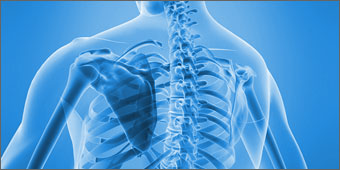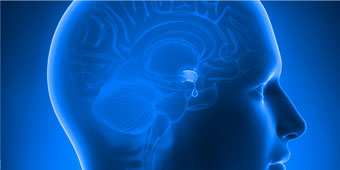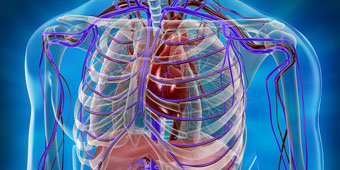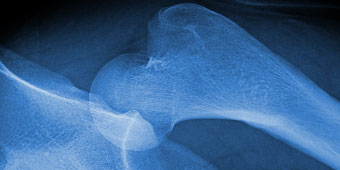Procedural Monitoring Applications and Patient Education
 We offer a wide range of surgical animations designed to help medical professionals explain complex surgical topics to their patients. The content of these videos is current, accurate, evidence-based and patient-focused. Strong visuals deliver the essential information your patients need to understand.
We offer a wide range of surgical animations designed to help medical professionals explain complex surgical topics to their patients. The content of these videos is current, accurate, evidence-based and patient-focused. Strong visuals deliver the essential information your patients need to understand.
 IOM in spinal surgeries has been well documented and supported as a technique used for the reduction of neurological injuries. IOM may be useful in any spinal surgery where the neural structures are at risk (cervical, thoracic, and lumbar). IOM is now considered the standard of care for corrective scoliosis surgery. Monitoring is recommended for complex surgeries such as disk replacements, dorsal rhizotomies, tethered cord releases, fusions, patients with severe stenosis, and any surgery where the surgeon wants added insurance for the patient’s neural structures.
IOM in spinal surgeries has been well documented and supported as a technique used for the reduction of neurological injuries. IOM may be useful in any spinal surgery where the neural structures are at risk (cervical, thoracic, and lumbar). IOM is now considered the standard of care for corrective scoliosis surgery. Monitoring is recommended for complex surgeries such as disk replacements, dorsal rhizotomies, tethered cord releases, fusions, patients with severe stenosis, and any surgery where the surgeon wants added insurance for the patient’s neural structures.
 IOM can be useful in procedures involving the cerebral cortex and brainstem, as well as vascular and peripheral nerve function for surgeries such as microvascular decompressions, tumor removals, and aneurysm clippings.
IOM can be useful in procedures involving the cerebral cortex and brainstem, as well as vascular and peripheral nerve function for surgeries such as microvascular decompressions, tumor removals, and aneurysm clippings.
 IOM is useful in the dissection and resection for acoustic neuromas due to the high incidence of facial nerve injury. It may also be useful with other cerebello-pontine angle tumor resections and parotidectomies.
IOM is useful in the dissection and resection for acoustic neuromas due to the high incidence of facial nerve injury. It may also be useful with other cerebello-pontine angle tumor resections and parotidectomies.
 When procedures are performed where blood supply to the brain or spinal cord is jeopardized, IOM may be necessary. During aortic aneurysm resection, IOM is used to predict spinal cord ischemia when major arterial feeders are temporarily occluded. IOM is particularly useful during carotid endarterectomies where it aids in the decision on whether or not to shunt around the surgical site.
When procedures are performed where blood supply to the brain or spinal cord is jeopardized, IOM may be necessary. During aortic aneurysm resection, IOM is used to predict spinal cord ischemia when major arterial feeders are temporarily occluded. IOM is particularly useful during carotid endarterectomies where it aids in the decision on whether or not to shunt around the surgical site.
 IOM can be useful in certain types of peripheral surgeries. These are procedures that place neural tissues at risk. Several orthopedic surgeries have high complication rates involving the sciatic nerve. Acetabulum, pelvic, and hip fractures may be associated with complications involving the sciatic nerve.
IOM can be useful in certain types of peripheral surgeries. These are procedures that place neural tissues at risk. Several orthopedic surgeries have high complication rates involving the sciatic nerve. Acetabulum, pelvic, and hip fractures may be associated with complications involving the sciatic nerve.
